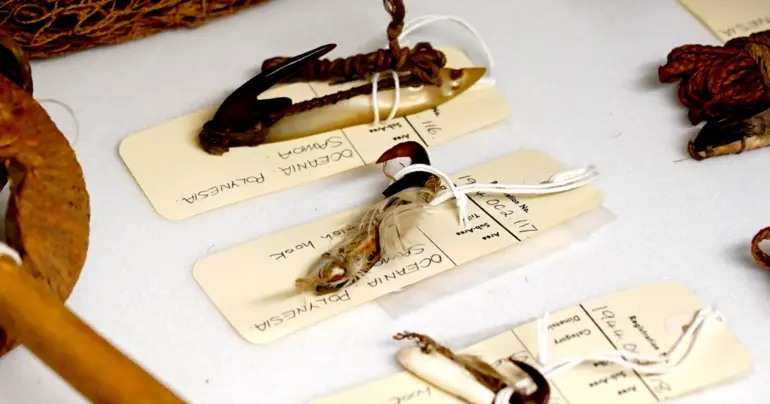Shin Splints: Causes and Treatment
Talofa Samoa and welcome back to your Sunday Health Column! This week’s column is taken from NQ Physiotherapy Solutions and describes shin splints.
Shin splints refer to inflammation of the muscles, tendons, and bone tissue around the tibia – resulting in pain felt from the knee to the ankle, along the shinbone. Shin splints are often experienced in those who apply constant heavy pressure or repetitive impact on their leg, such as runners and dancers.
The main symptoms of shin splints are pain in the lower front of the leg and sometimes the muscles around the shin bone. They are called shin splints due to the pulling pressure of the muscles on the shinbone causing stress, which, if untreated, can lead small micro breaks in the bone.
Shin splints are a common issue with a wide range of causes, symptoms, and treatments. Within this guide, NQ Physio Solutions have compiled everything you need to know about managing and treating shin splints.
Let’s start with the basics.
What Are Shin Splints?
Shin splints are also known medically as medial tibial stress syndrome. They occur after engaging in repeated stress activities that impact on the lower leg. Many athletes develop shin splints over time; the condition impacts not only the player's performance but also the individual's day-to-day well-being.
Shin splints develop as a result of overusing this region's muscles, tendons, and bones. The pain felt is often due to the tenderness and soreness of these structures in the lower leg. The pain may stop after exercising but can persist if further stress is applied to the leg.
Causes of Shin Splints
There are specific causes for the development of shin splints, with the critical factor being stress on the lower leg.
Repetitive impact or a pulling motion from the muscles where they insert onto the bone can irritate the area causing repetitive pressure on the muscles and bones. Over time, the shin bone can become more prone to becoming inflamed and potentially lead to a stress response or stress fracture. Therefore, it’s important not to apply a lot of repetitive stress on the lower leg too quickly if your body is not used to a lot of activity in this area.
Specific professions, athletes, and people are more likely to develop shin splints. You may experience shin splints if:
• You are a runner, particularly one that has just begun a running program, your leg may not be adjusted to this new strain and could develop shin splints.
• You suddenly increase the intensity of your exercises.
• You run on hard surfaces like concrete or uneven terrain.
• If you have flat feet or high arches, your lower leg muscles must work harder to support your body.
Shin Splints Treatment
If shin splints are severe and the level of pain increases, it is vital to see a physiotherapist.
If you are just in the beginnings of shin splints, here are some at-home treatments for shin splints.
• Rest your body: In most cases, shin splints can heal on their own with enough time and rest.
• Use insoles of orthotics for your shoes: Those with larger arches or flat feet should use specific insoles to support the feet when standing up.
How Do I Prevent Shin Splints?
Shin splints can be prevented by being mindful of the pressure and energy you exert. It’s essential to increase difficulty when participating in any training gradually.
As we know, shin splints are caused when the body is not ready to take on a certain amount of stress in an area. To prevent unnecessary stress on the lower leg, stretch your calves and hamstrings. Strengthening your foot and the arch of your foot is also helpful.
Shin splints can sometimes be caused by exercising in shoes that don’t fit you. Getting new athletic shoes that fit correctly will prevent any exertion of pressure on the lower leg that is not necessary.
Eliana Viali is a physiotherapist and can be emailed at [email protected] for further information.











